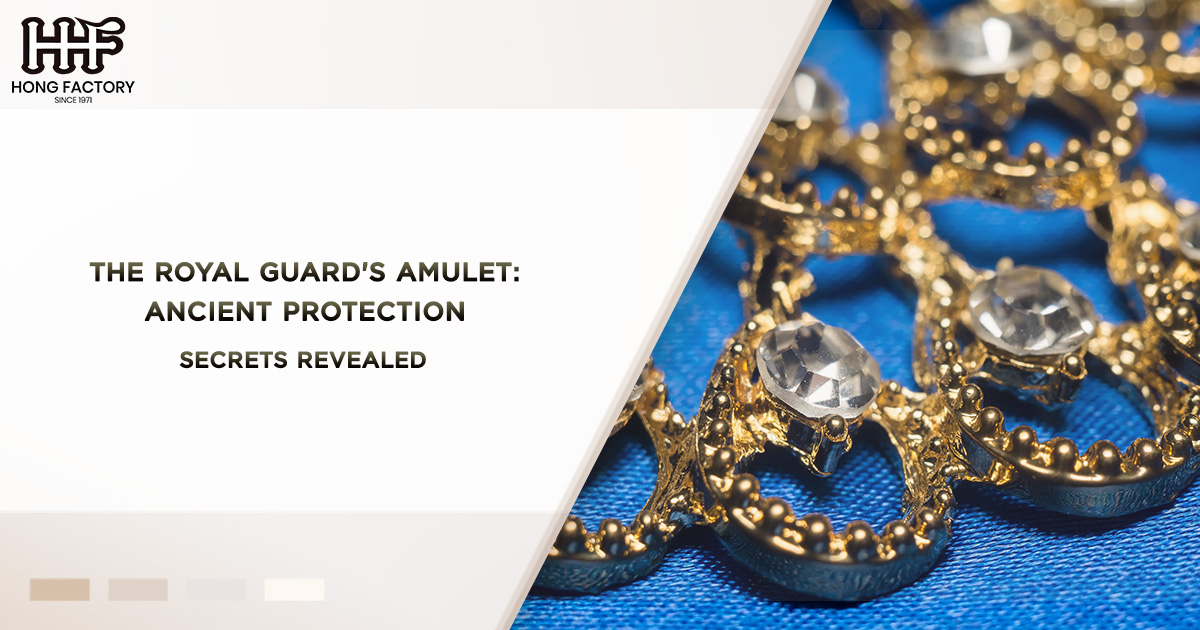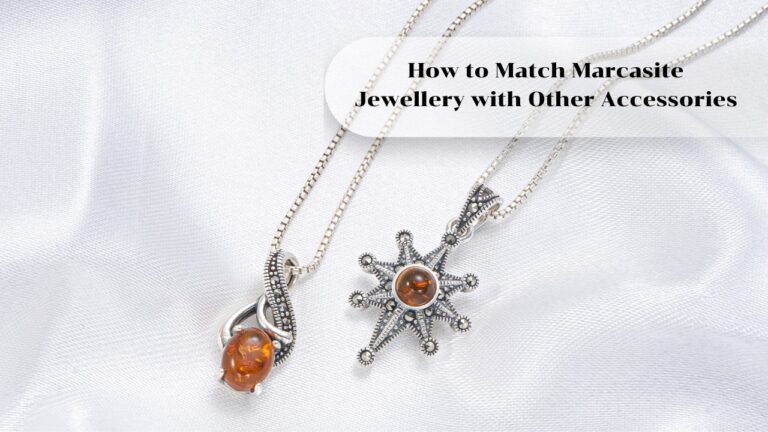
Throughout history, the concept of protection has transcended mere physical strength, delving into the mystical and spiritual realms. Among the most fascinating artifacts of this protective tradition are the amulets and jewelry worn by royal guards. These items, steeped in cultural significance, were believed to imbue the wearer with a sense of safety, luck, and power.
In this article, we will examine the evolution of protective jewelry used by royal guards across various civilizations, exploring the essence of royal protection, the significance of guardian amulets, and the enduring legacy of historical jewelry in the context of military luck.
The Origins of Protective Jewelry
The use of protective jewelry dates back to ancient times, with various cultures attributing magical properties to amulets and talismans. The earliest examples can be found in ancient Egypt, where pharaohs and their guards wore intricate jewelry designed to ward off evil spirits and bring protection in both life and the afterlife. These pieces often featured powerful symbols such as the Eye of Horus, which represented protection, royal power, and good health.
In ancient Rome, soldiers and guards would adorn themselves with coins and medallions that were not only valuable but also believed to carry the blessings of the gods. These items emphasized the relationship between currency, power, and divine favor, underscoring the military and political status of their wearers. Throughout history, the common thread among these pieces has been their association with safeguarding life and ensuring victory in battle.
Royal Protection in Various Cultures
Ancient Egypt : The Amulets of the Pharaohs
In ancient Egyptian culture, protection was of paramount importance. Royal guards, tasked with safeguarding the pharaoh and sacred sites, wore amulets that reflected their status and role. One of the most notable examples is the ankh, symbolizing life and protection. Guards would often carry amulets made from precious stones imbued with protective properties, such as lapis lazuli and turquoise. These were not merely decorative; they were considered essential tools for ensuring survival against mystical and mortal threats.
The scarab beetle, another popular motif in ancient Egyptian jewelry, symbolized rebirth and regeneration. Royal guards would wear scarab amulets, believed to protect them from malevolent forces and ensure they returned from battles unharmed. This illustrates the interconnectedness between jewelry, belief systems, and the responsibilities of those in protective roles.
Medieval Europe : The Templar Cross
Moving forward in time, the Knights Templar, a medieval military order, employed jewelry as a symbol of protection and allegiance. The Templar cross, a prominent emblem, was often worn as pendant jewelry by the knights. This cross symbolized their commitment to the protection of pilgrims and the Holy Land, as well as invoking divine blessing for their military endeavors.
The belief in military luck was paramount; Templar knights often carried small relics or charms made from the earth of sacred sites, believing these would shield them in battle. The physical adornments were not merely for show; they served as constant reminders of the knights’ mission and the divine protection afforded to them.
Japan : The Samurai and their Talismans
In feudal Japan, the samurai were renowned for both their martial skills and their adherence to a code of honor. Protective jewelry played a significant role in their culture. Samurai often wore swords with tsuba (hand guards) that featured intricate designs symbolizing protection and valor. Additionally, they would carry omamori—small amulets sold at Shinto shrines—believed to provide protection from harm.
These amulets were often enclosed in decorative fabric, showcasing the samurai’s status while serving a tangible purpose. The belief in the protective power of these talismans illustrates the deep connection between spirituality, personal safety, and military efficacy in samurai culture.
Ancient China : The Use of Jade
In ancient China, jade was regarded as a sacred stone, symbolizing purity, protection, and longevity. Imperial guards often wore jewelry made from jade, including pendants and bracelets, which were believed to ward off evil. The color green, associated with jade, symbolized harmony and balance, essential traits for those tasked with maintaining order and security.
The incorporation of jade into protective amulets was widespread, with designs featuring dragons and other auspicious symbols aiming to enhance the military luck of the wearer. The belief was that these items not only provided physical protection but also aligned the wearer with the cosmos, ensuring success in their endeavors.
The Craftsmanship of Historical Jewelry
The intricacy and artistry found in historical jewelry worn by royal guards reflect the culture and beliefs of the time. Craftsmen employed advanced techniques to create pieces that were both functional and symbolic. Detailed engravings and the use of precious stones demonstrated the significance of these items as status symbols, marking the wearer as an individual of importance.
Symbolism and Meaning
Each piece of jewelry often carried distinct symbols meaning more than mere aesthetics. For example, in many cultures, the use of specific gemstones was believed to connect the wearer to divine forces. Amethyst, for instance, was believed to confer courage and protection, while emerald was associated with hope and healing.
Royal guards, therefore, selected their protective jewelry carefully, choosing symbols that resonated with their personal beliefs and societal roles. The belief in the power of such items continues to influence contemporary practices, as amulets remain popular in various cultures for their perceived protective qualities.
Modern Interpretations and Legacy
While the physical threats faced by royal guards have evolved, the tradition of protective jewelry has not disappeared. In modern society, the concepts of royal protection and guardian amulets persist, albeit in different forms. Designers often draw inspiration from historical pieces, creating modern jewelry that incorporates ancient symbols and materials believed to carry protective properties.
Military Luck Today
In contemporary times, the idea of “military luck” endures, particularly within military communities. Soldiers may carry tokens or charms believed to offer protection, echoing the sentiments of their historical counterparts. The resurgence of interest in metaphysical healing and protective amulets points to a continued fascination with the ideas of safety and divine favor.
Conclusion
The legacy of protective jewelry, particularly among royal guards, reveals a rich tapestry of history, culture, and belief. From ancient Egypt to feudal Japan, these artifacts were imbued with meaning, serving as a testament to the human desire for security and protection. By examining these guardian amulets and their role in military luck, we gain insights into how our ancestors sought to safeguard not only their lives but also their identities and beliefs.
As we move forward into a rapidly changing world, the stories and values encapsulated within these historical pieces remind us of our shared human experience and the ongoing quest for protection and assurance in our lives. Whether through modern reinterpretations or traditional practices, the essence of royal protection and the significance of guardian amulets continue to resonate, reflecting our enduring relationship with the sacred and the protective.















